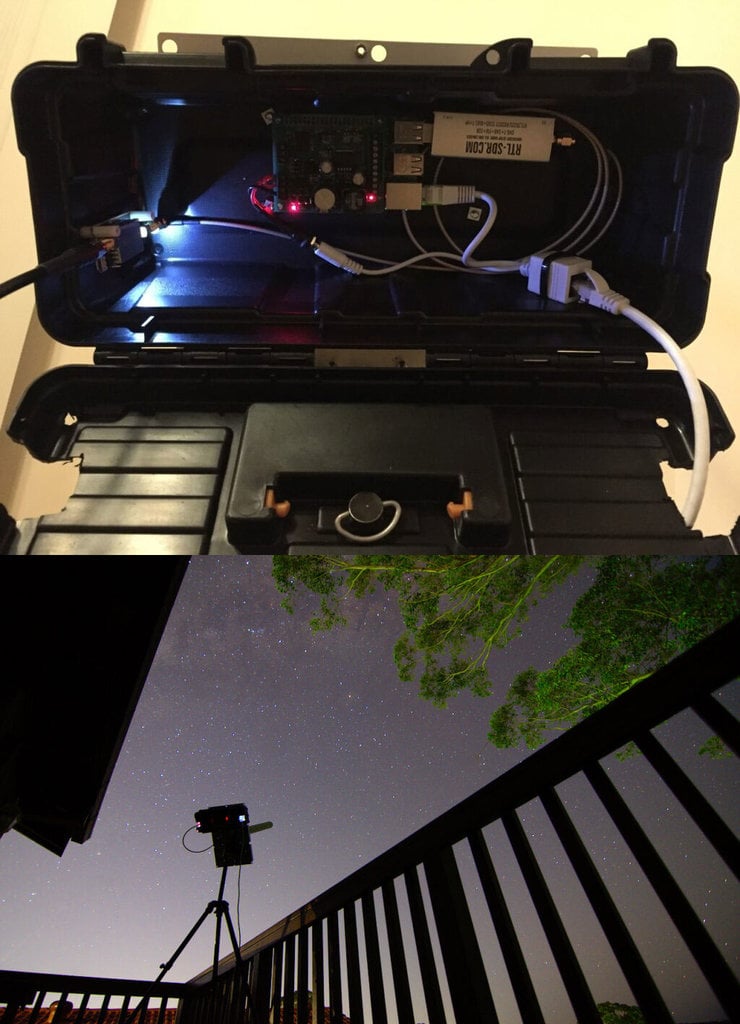Over on YouTube a Russian language channel called "HAM Radio Channel" has uploaded a video that compares our RTL-SDR Blog V3 against a ColibriNano. While the video is narrated in Russian, it is easy to understand the side by side comparisons with the V3 running on HDSDR on the left of the screen, and the ColibriNano running on its custom software on the right.
The Russian made ColibriNano is a 14-bit direct sampling SDR with 0.1-55 MHz tuning range (undersampling up to 500 MHz), and up to 3 MHz bandwidth. It costs about US$280 - US$300 depending on the region. The RTL-SDR Blog V3 is our US$24.95 receiver with built in direct sampling mod which allows users to bypass the tuner in software resulting in a low-end HF receiver.
While the RTL-SDR Blog V3 cannot compare spec-wise to the ColibriNano, the review shows that the 12x cheaper SDR can still hold up fairly well against the higher end product. Of course as we always say, the differences between most SDRs only become apparent in challenging signal conditions, and we're sure that the ColibriNano would win out in conditions with very strong and weak signals being received together without appropriate pre-filtering. But if the conditions and/or pre-filtering is right, we belive that the RTL-SDR Blog V3 is still the best bang for your buck overall.


